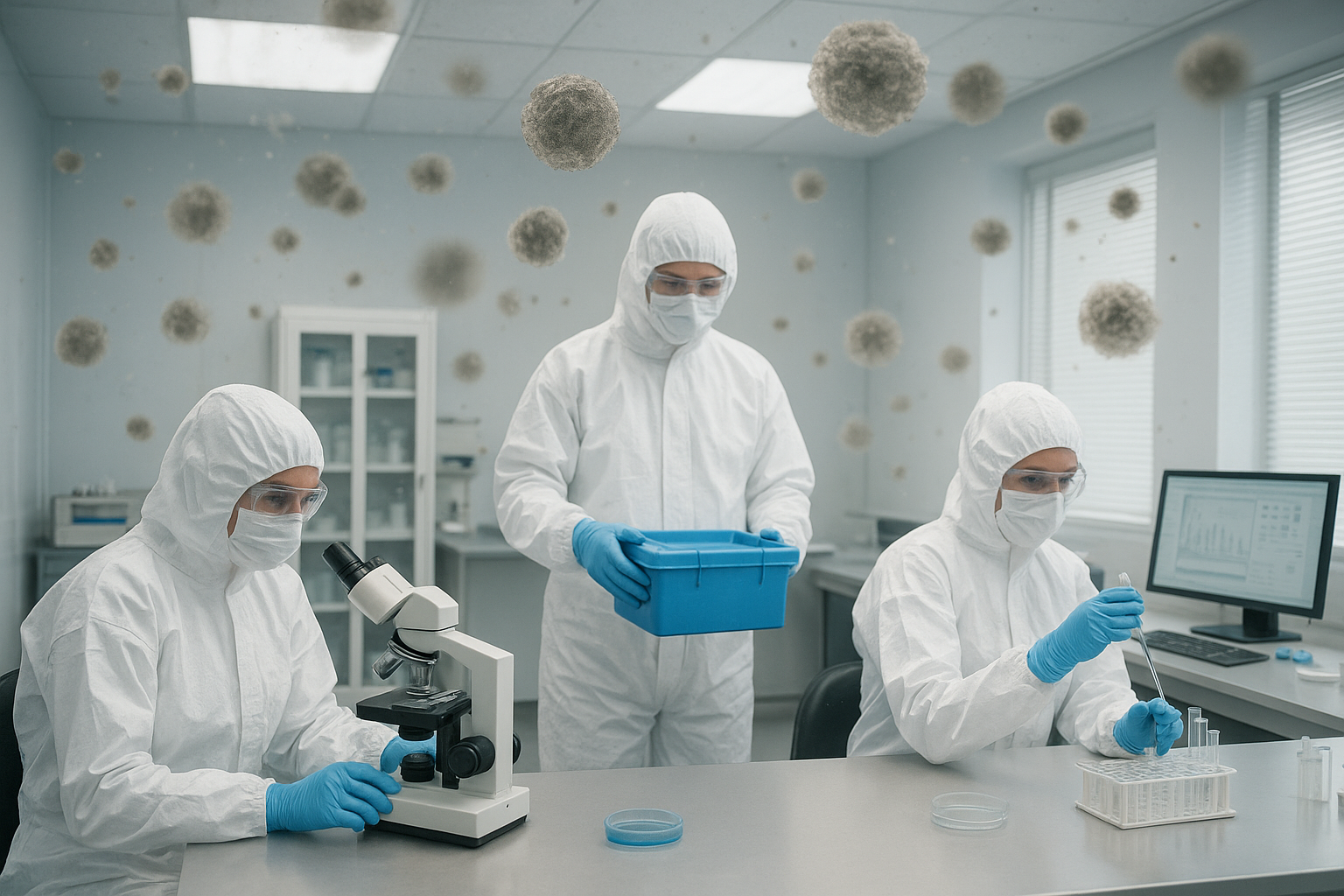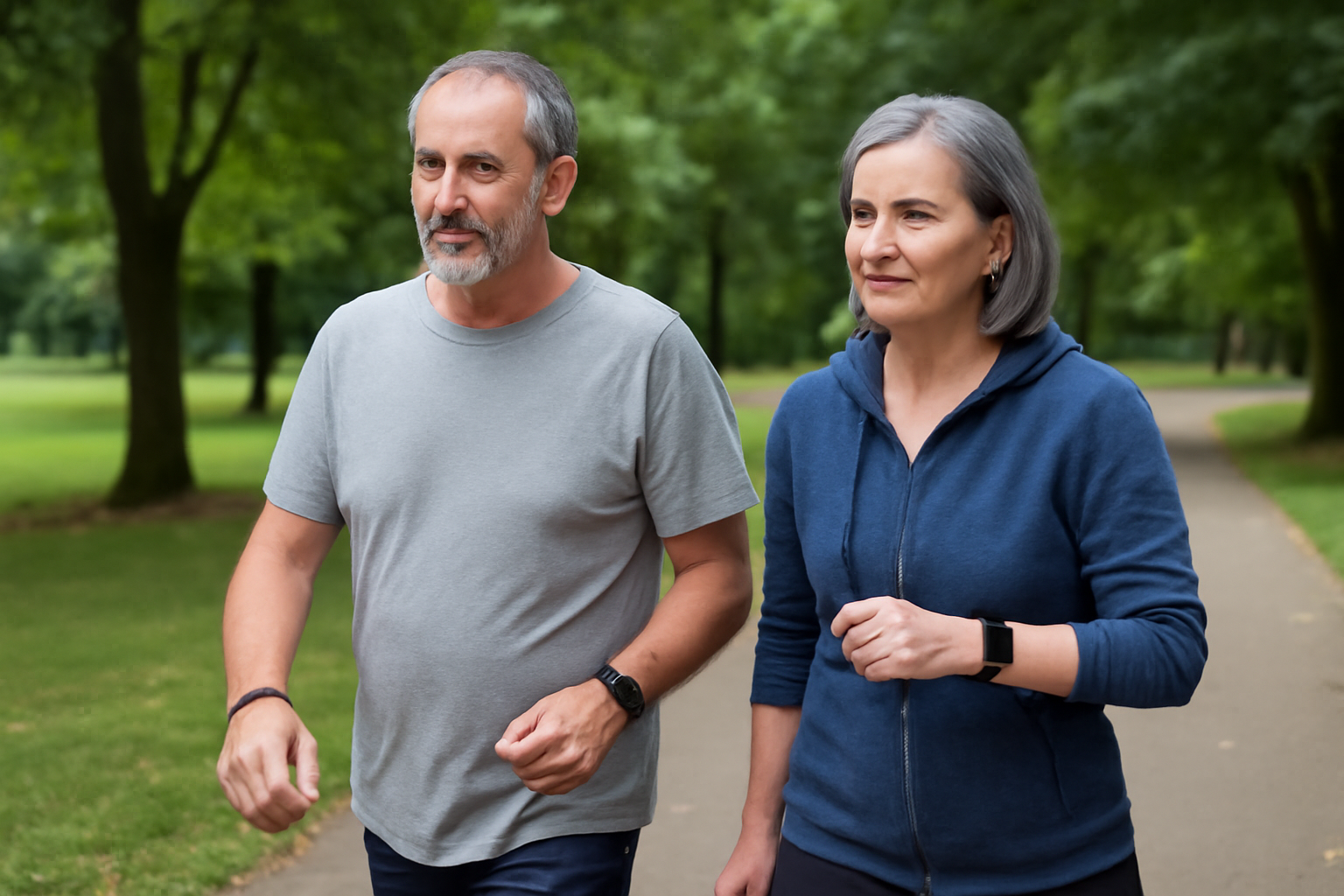Hidden Dangers That Quietly Increase Cancer Risk
Doctors are raising alarm about several silent cancer risk factors that don’t show obvious symptoms but significantly increase chances of developing cancer over time. These include chronic inflammation, imbalanced gut microbiome, and long-term exposure to polluted air.
Not All Risk Is Obvious
We’ve long known about smoking, genetics, and poor diet as contributors to cancer. But medical professionals today emphasize that non-obvious elements those we can’t feel every day are equally important. Recognizing them early is key to prevention.
The Silent Risk Factors
Here are the main silent contributors to cancer risk, as per the doctors’ insights:
- Chronic low-grade inflammation: Persistent inflammation, even if mild, can slowly damage cells and DNA, paving the way for cancer.
- Gut microbiome imbalance (dysbiosis): When gut bacteria lose their diversity or harmful strains dominate, this can trigger harmful toxins and inflammation.
- Air pollution & PM2.5 exposure: Long-term inhalation of fine particulate matter found in polluted air leads to oxidative stress and DNA damage. Even in non-smokers, this raises risk.
- Other lesser-known factors: These include long-term exposure to environmental toxins or chemicals, lifestyle stressors, and possibly silent infections or immune system dysregulation.
What the Medical Community Says
Doctors warn that because these factors don’t produce acute symptoms, many people stay in the dark until it’s too late. One specialist noted that by the time traditional warning signs appear, damage may already be advanced. Prevention strategies like improving air quality, supporting gut health, reducing chronic inflammation should be prioritized.
The Impact of Overlooked Risks
- Early detection gap: Without awareness of silent factors, people may believe they are healthy while underlying risks grow.
- Broader public health concern: Air pollution and environmental risks affect large populations, not just individuals who smoke or have strong family histories.
- Lifestyle and prevention potential: Many silent risks can be mitigated through lifestyle changes better diet, cleaner living environments, stress management.
- Economic & healthcare cost: Late-stage cancer treatment is expensive. Preventing disease before symptoms appear can save lives and resources.
How to Reduce Your Hidden Cancer Risk
- Get regular check-ups even if you “feel fine,” especially in polluted or high-stress environments.
- Focus on gut health: eat fiber, fermented foods, avoid overuse of antibiotics where possible.
- Reduce exposure to air pollution; use masks or purifiers if you live in areas with high PM2.5; support policies that curb emissions.
- Manage chronic inflammation through balanced diet, exercise, and avoiding processed foods.
- Monitor environmental exposures: avoid or limit contact with known toxic chemicals and ensure safe drinking water and clean indoor air.
Be Aware, Take Action
Silent cancer risk factors may not make noise, but they add up. By becoming aware of what’s under the radar, adopting preventive habits, and pushing for safer environments, you can protect your health in ways that show up only later but truly matter. Don’t wait for warning signs; prevention starts now.



